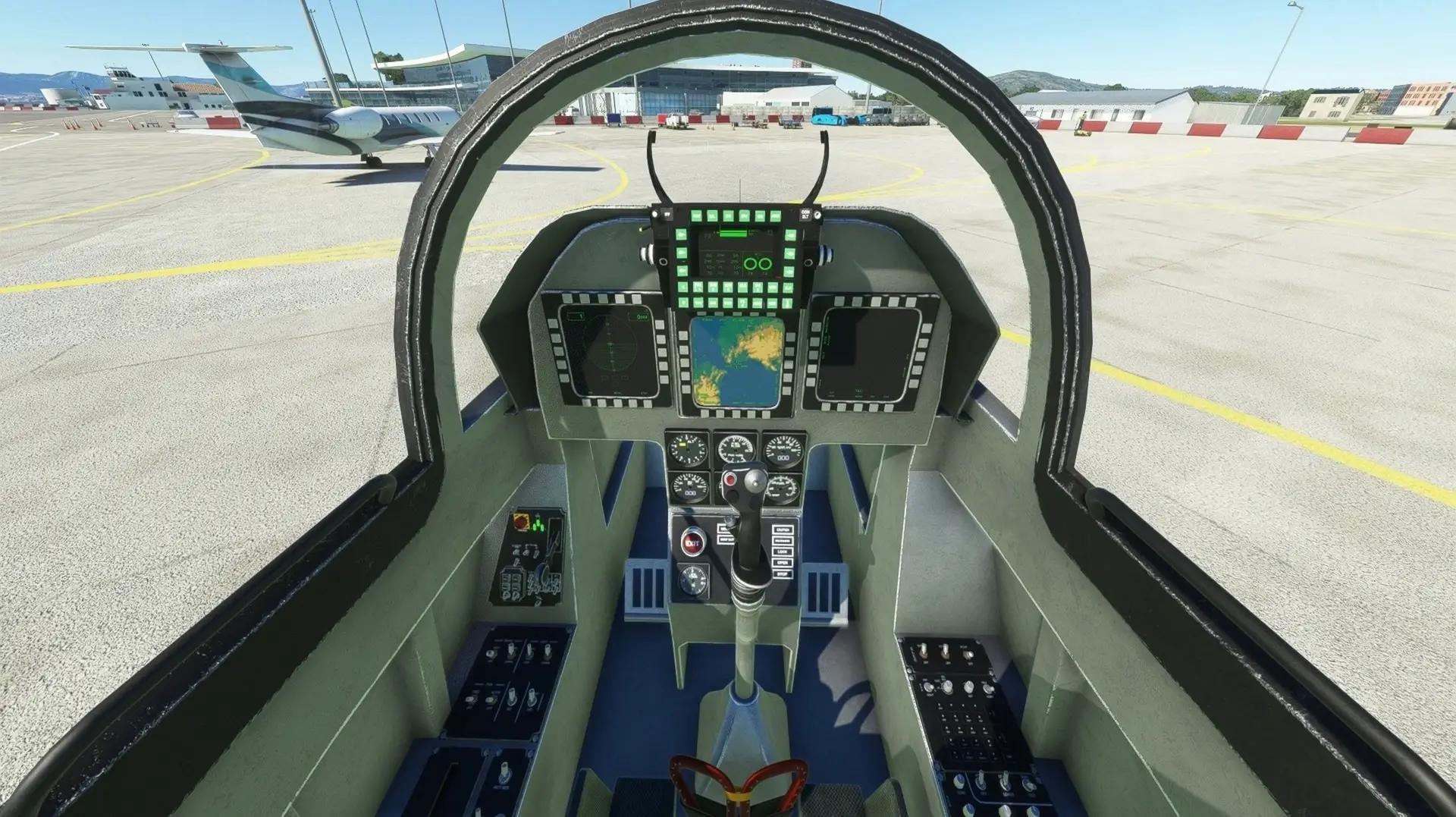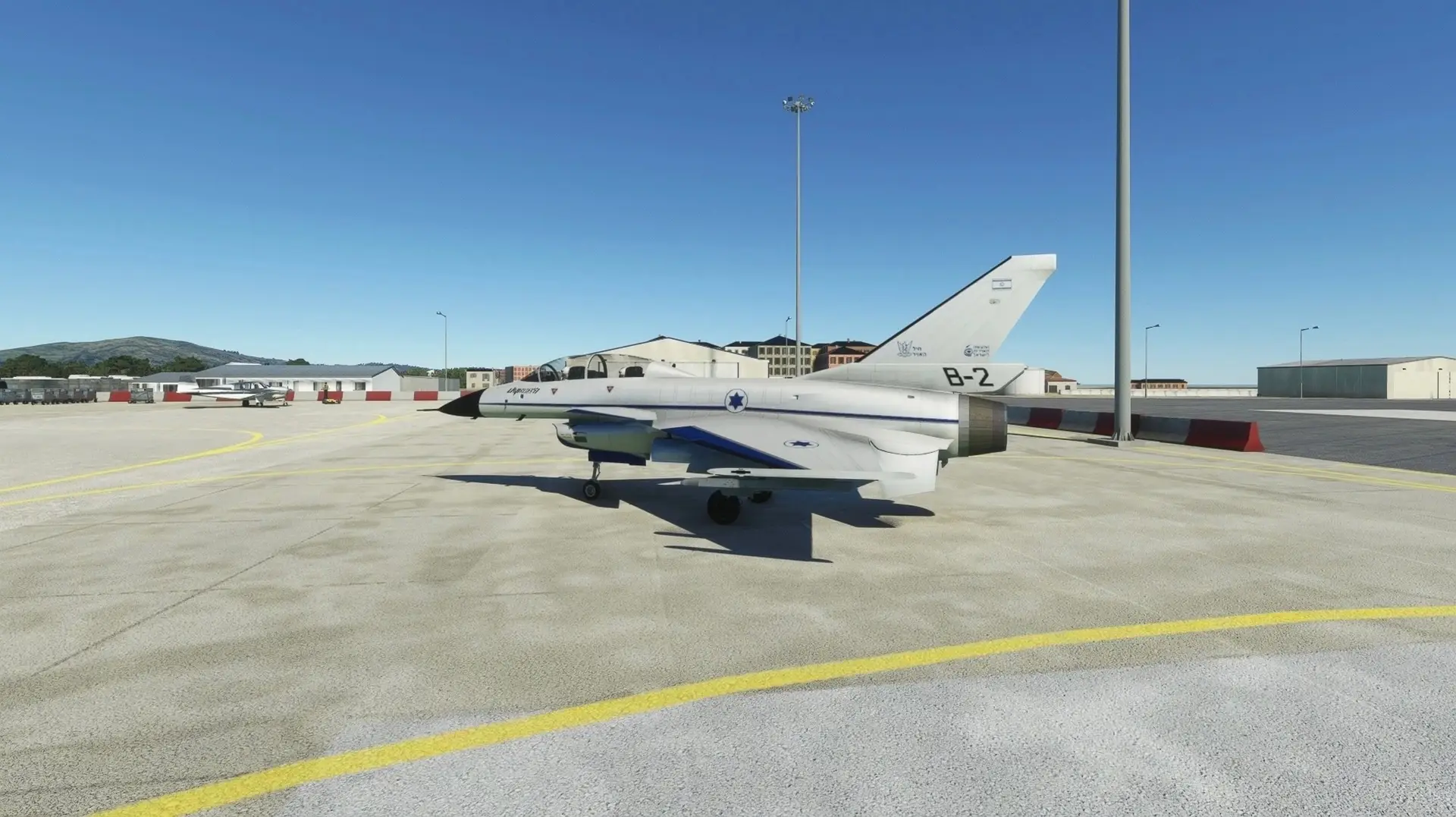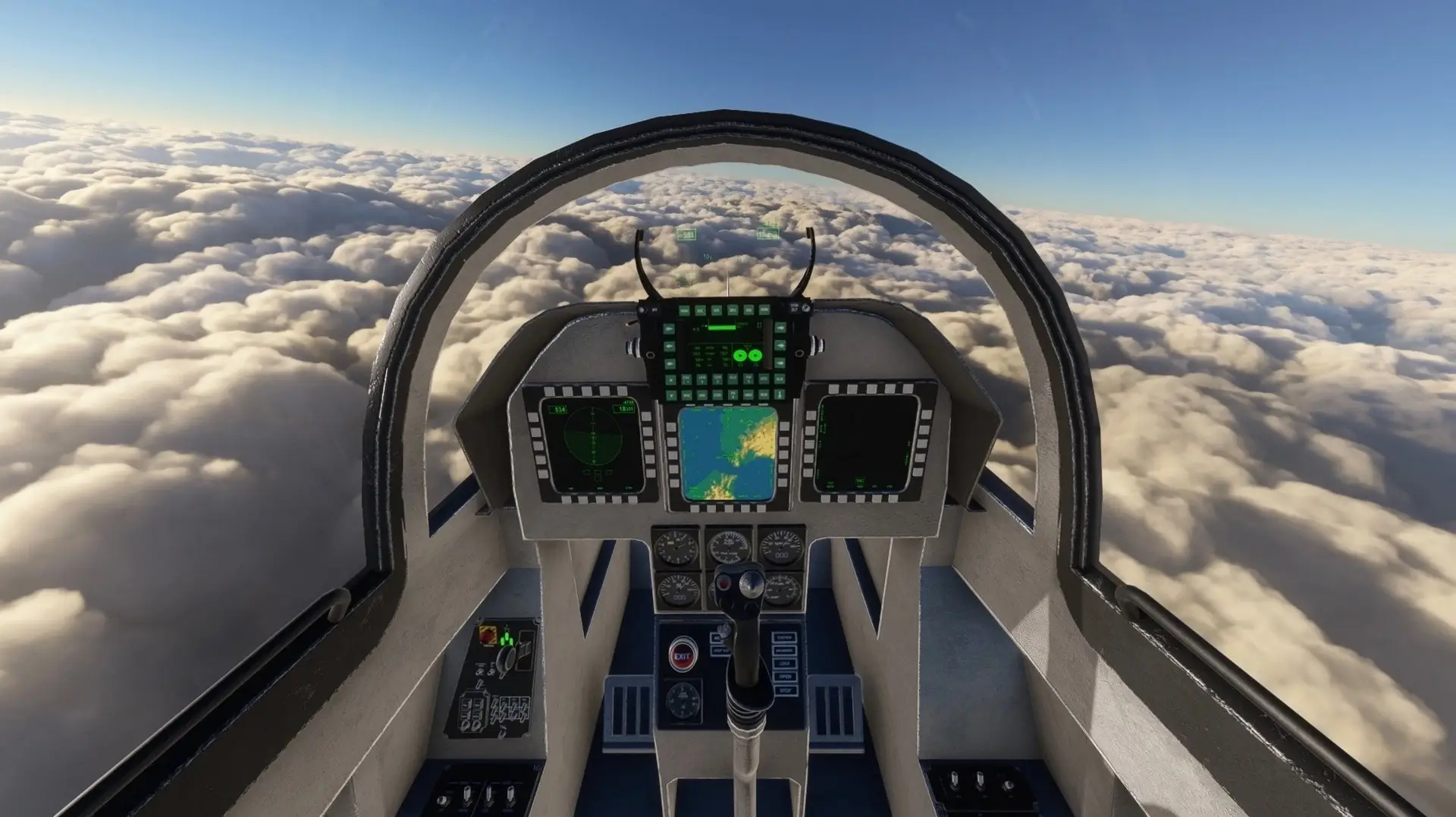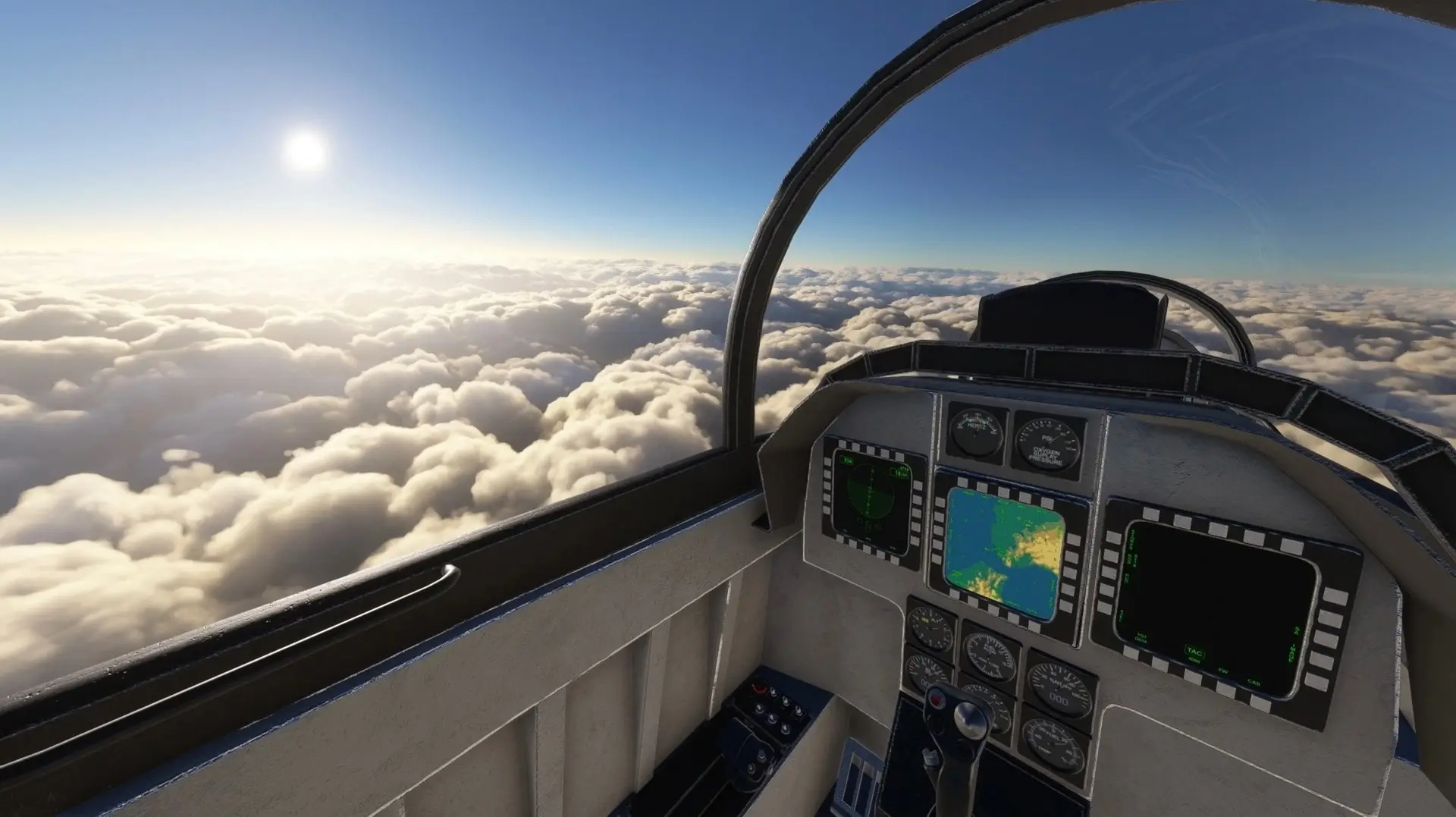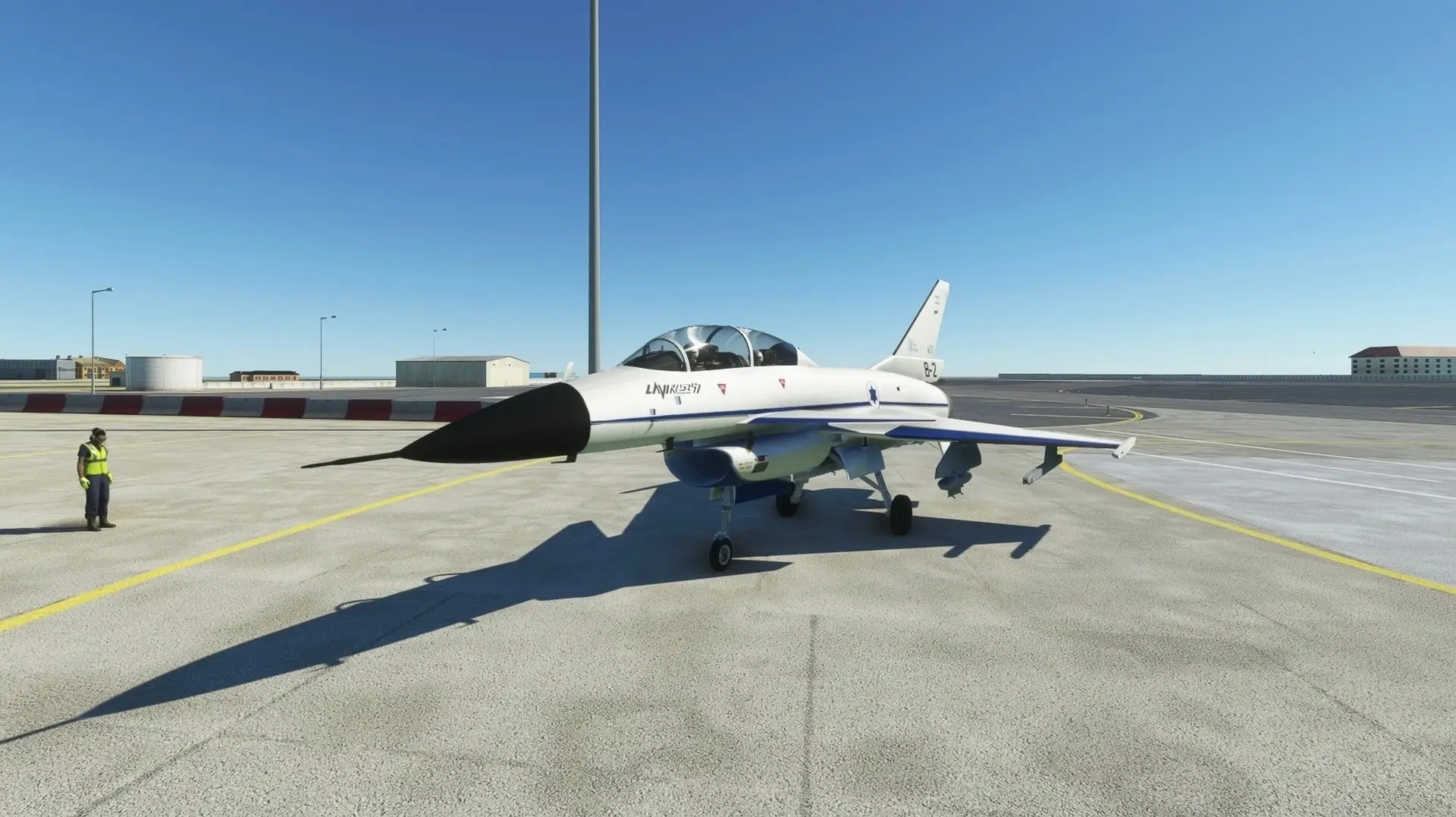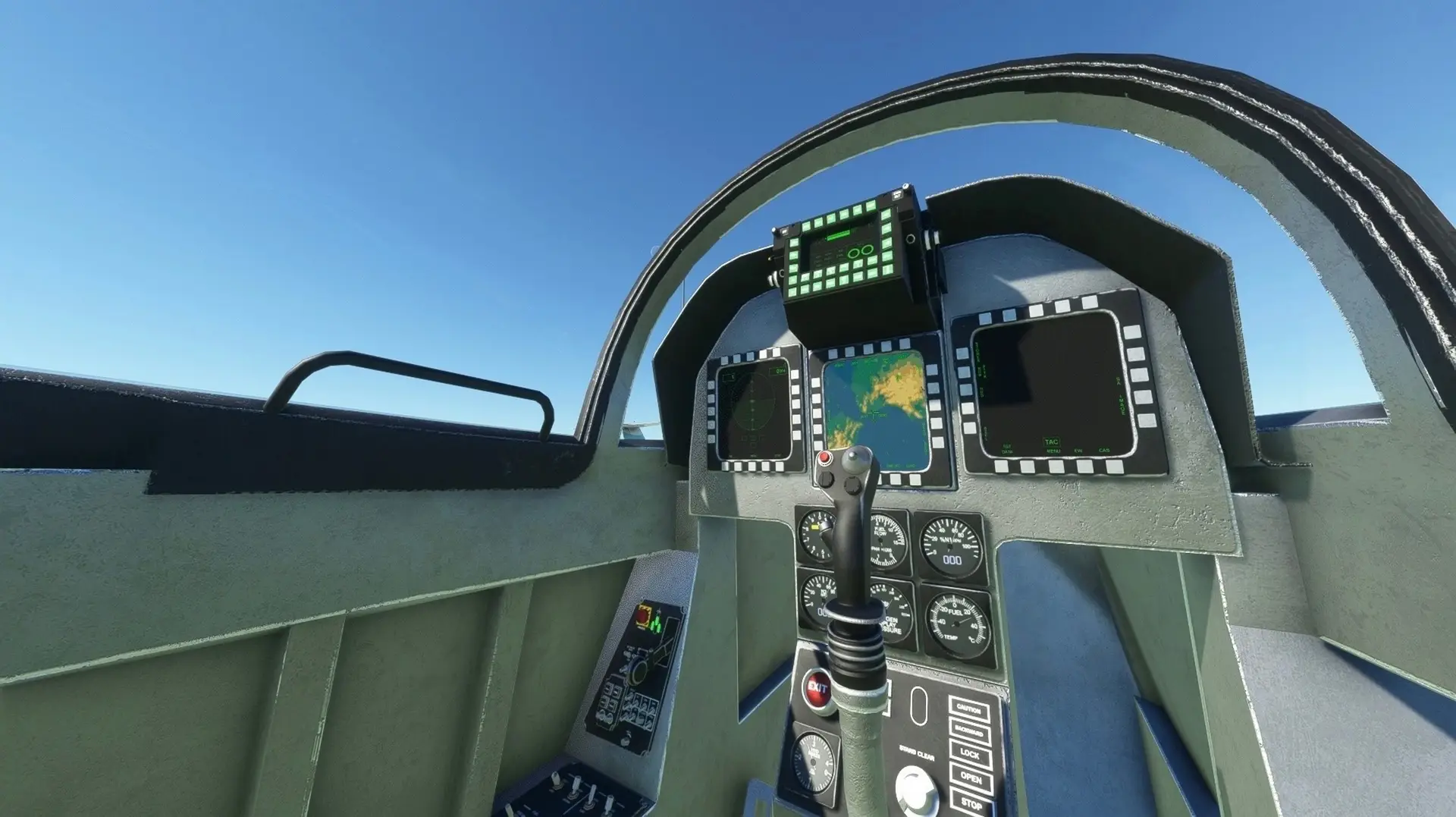"The Lavi was a single-engine, supersonic, multi-role military combat aircraft developed by Israel Aerospace Industries (IAI). The Lavi (“lion” in Hebrew) took its maiden flight on December 31, 1987. IAI built three prototypes, but the program was cancelled and never entered serial production.
The Lavi was an ambitious program to produce an aircraft to serve as the backbone of the Israeli Air Force. Developers sought to create a platform that could perform a variety of missions, including air superiority, surface attack (including the full spectrum of air-to-ground and maritime roles), deep strike, precision bombing, ISR (intelligence, surveillance, and reconnaissance) data collections, and other tactical capabilities.
The result was a jet fighter that could fly at supersonic speeds, was highly maneuverable at subsonic speeds, and could carry a broad range of weapons. Key to this advanced fourth-generation fighter was its state-of-the-art flight controls and avionics, including a digital fly-by-wire system and upgradable software. While flight tests proved extremely promising, Israel decided not to pursue the Lavi.
The Lavi featured a delta wing, canard foreplanes, and a high visibility canopy. It measured 47 feet, 10 inches in length, stood 15 feet, 8 inches tall, and had a wingspan of 28 feet, 10 inches. It was powered by a single Pratt & Whitney PW1120 afterburning turbofan engine that generated up to 20,600 pounds of thrust with full afterburner. The Lavi had a range of 2,300 miles, had a service ceiling of 50,000 feet above sea level, had a climb rate of 50,000 feet per minute, and boasted a maximum speed of 1,220 miles per hour (Mach 1.6).
"
